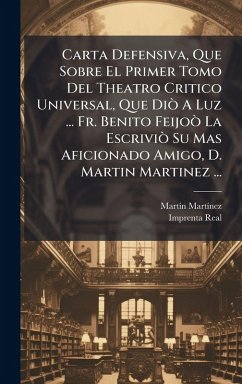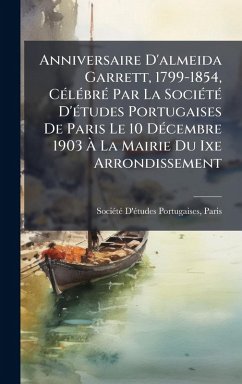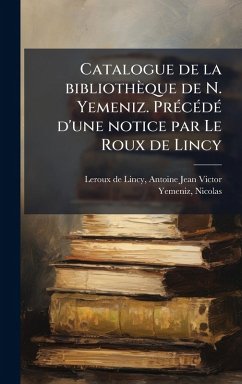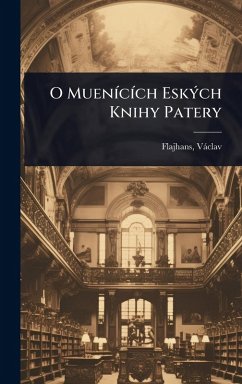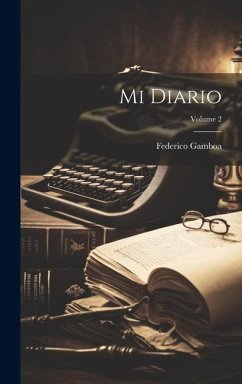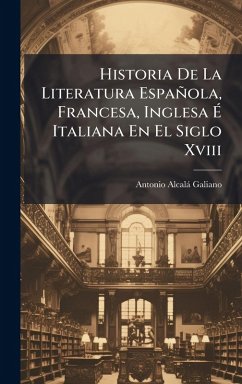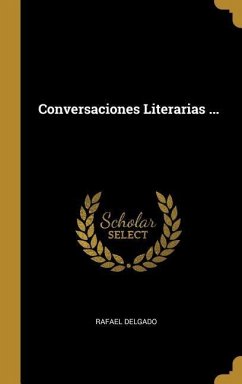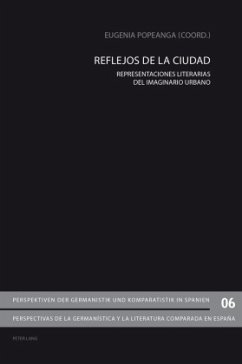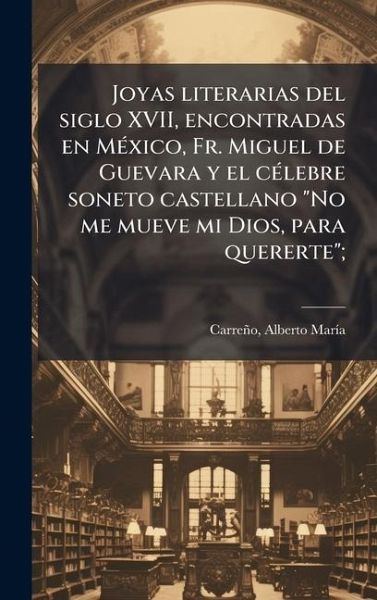
Joyas literarias del siglo XVII, encontradas en MÃ(c)xico, Fr. Miguel de Guevara y el cÃ(c)lebre soneto castellano "No me mueve mi Dios, para quererte";
Versandkostenfrei!
Versandfertig in über 4 Wochen
31,99 €
inkl. MwSt.
Weitere Ausgaben:

PAYBACK Punkte
16 °P sammeln!
Joyas literarias del siglo XVII, encontradas en México, Fr. Miguel de Guevara y el célebre soneto castellano "No me mueve mi Dios, para quererte" by Alberto MarÃ-a Carreño explores the literary treasures of 17th-century Mexico, focusing on the renowned sonnet attributed to Fr. Miguel de Guevara. This work delves into the historical and cultural context of the poem, examining its significance within the broader landscape of Spanish Golden Age literature and its enduring appeal. Carreño offers insightful analysis, shedding light on the poem's themes, language, and its place in the literary ...
Joyas literarias del siglo XVII, encontradas en México, Fr. Miguel de Guevara y el célebre soneto castellano "No me mueve mi Dios, para quererte" by Alberto MarÃ-a Carreño explores the literary treasures of 17th-century Mexico, focusing on the renowned sonnet attributed to Fr. Miguel de Guevara. This work delves into the historical and cultural context of the poem, examining its significance within the broader landscape of Spanish Golden Age literature and its enduring appeal. Carreño offers insightful analysis, shedding light on the poem's themes, language, and its place in the literary heritage of Mexico. This book is essential for scholars and enthusiasts interested in the intersection of Spanish and Mexican literary history, and the timeless beauty of classical poetry. This work has been selected by scholars as being culturally important, and is part of the knowledge base of civilization as we know it. This work was reproduced from the original artifact, and remains as true to the original work as possible. Therefore, you will see the original copyright references, library stamps (as most of these works have been housed in our most important libraries around the world), and other notations in the work. This work is in the public domain in the United States of America, and possibly other nations. Within the United States, you may freely copy and distribute this work, as no entity (individual or corporate) has a copyright on the body of the work. As a reproduction of a historical artifact, this work may contain missing or blurred pages, poor pictures, errant marks, etc. Scholars believe, and we concur, that this work is important enough to be preserved, reproduced, and made generally available to the public. We appreciate your support of the preservation process, and thank you for being an important part of keeping this knowledge alive and relevant.



